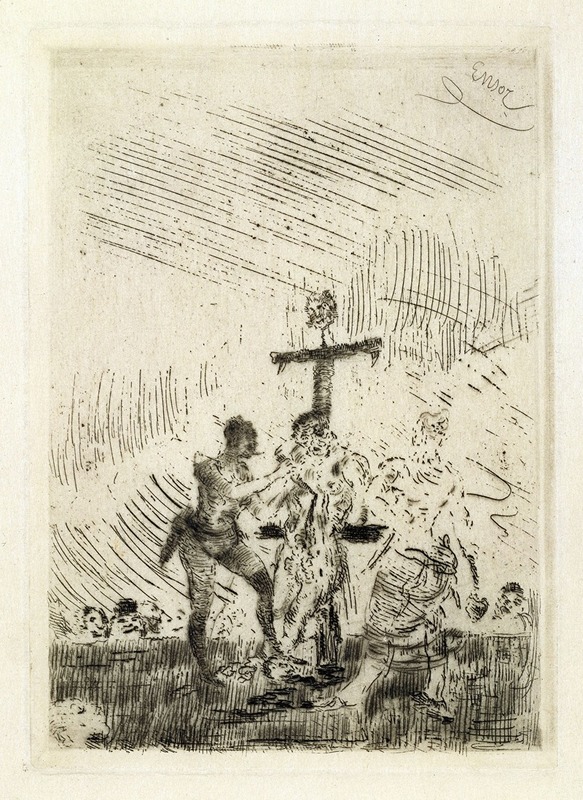
Flaying a Convict
A hand-painted replica of James Ensor’s masterpiece Flaying a Convict, meticulously crafted by professional artists to capture the true essence of the original. Each piece is created with museum-quality canvas and rare mineral pigments, carefully painted by experienced artists with delicate brushstrokes and rich, layered colors to perfectly recreate the texture of the original artwork. Unlike machine-printed reproductions, this hand-painted version brings the painting to life, infused with the artist’s emotions and skill in every stroke. Whether for personal collection or home decoration, it instantly elevates the artistic atmosphere of any space.
"Flaying a Convict" is a painting by the Belgian artist James Ensor, created in 1889. Ensor, known for his avant-garde style and often macabre subject matter, was a prominent figure in the Symbolist movement and a precursor to Expressionism. His work frequently explored themes of death, satire, and the grotesque, reflecting his fascination with the darker aspects of human nature and society.
The painting "Flaying a Convict" is a striking example of Ensor's unique approach to art. It depicts a gruesome scene where a convict is being flayed alive, a subject that aligns with Ensor's interest in the macabre and the grotesque. The painting is characterized by its vivid colors and dramatic composition, elements that Ensor often employed to evoke strong emotional responses from viewers. The use of bright, almost garish colors contrasts sharply with the dark subject matter, creating a sense of unease and tension.
Ensor's choice of subject matter in "Flaying a Convict" can be seen as a commentary on the human condition and the brutality inherent in society. During the late 19th century, when Ensor was active, there was significant social and political upheaval in Europe. The painting may reflect Ensor's critical view of authority and the justice system, as well as his broader concerns about the capacity for cruelty within human beings.
The painting is also notable for its technical execution. Ensor's brushwork is expressive and dynamic, contributing to the chaotic and unsettling atmosphere of the scene. The figures in the painting are rendered with a degree of distortion, a technique that Ensor used to emphasize the emotional and psychological aspects of his subjects. This approach aligns with the Symbolist movement's focus on conveying deeper meanings and emotions rather than adhering strictly to realistic representation.
"Flaying a Convict" is part of Ensor's broader body of work that often includes masks, skeletons, and other symbols of mortality and the human psyche. These elements are recurrent motifs in Ensor's art, serving as tools to explore themes of identity, morality, and the human experience. Ensor's fascination with masks, in particular, is evident in many of his works, where they symbolize the hidden aspects of human nature and the facades people present to the world.
Today, James Ensor is recognized as a significant figure in the history of modern art, and his works, including "Flaying a Convict," continue to be studied for their innovative style and thematic depth. The painting is housed in the Royal Museum of Fine Arts in Antwerp, Belgium, where it remains an important piece in the collection, offering insight into Ensor's artistic vision and the cultural context of his time.





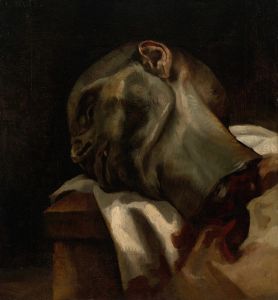
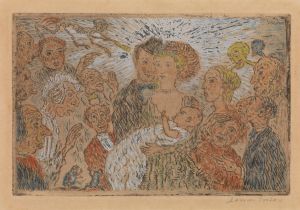
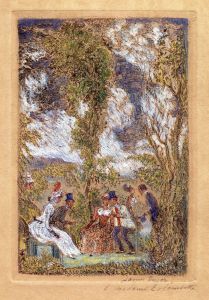
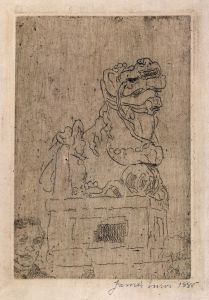
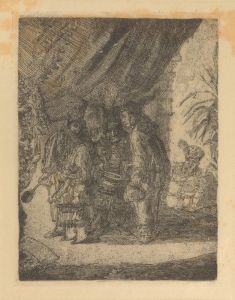
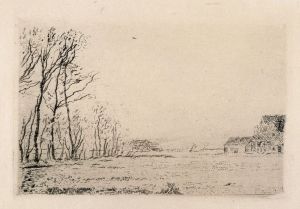
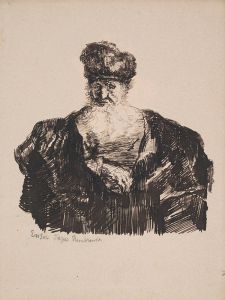
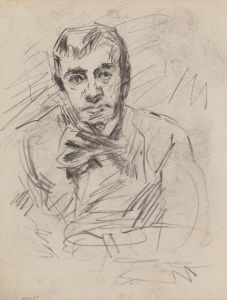
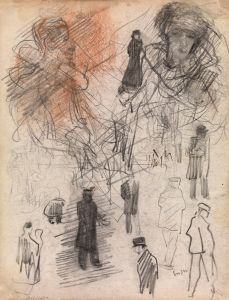
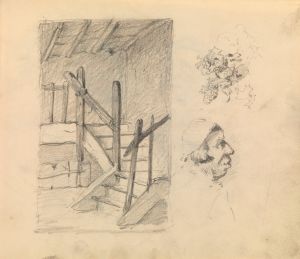
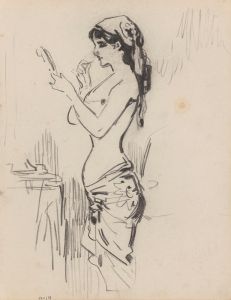
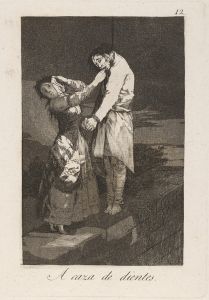
![Two Heads Are Better Than One [Poor Folly]](/imgs/264668/s/francisco-de-goya-two-heads-are-better-than-one-poor-folly-401b05c1.jpg)